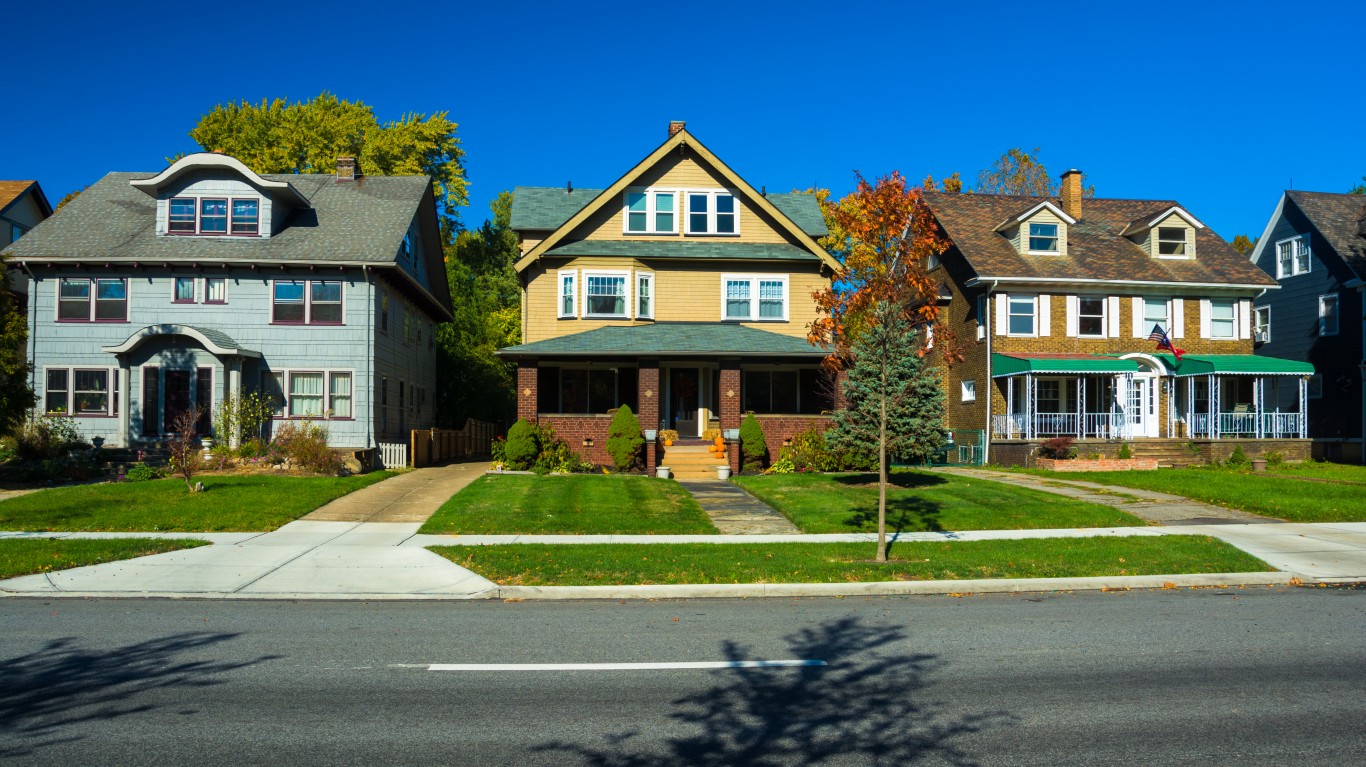
The S&P CoreLogic Case-Shiller national home price index rose to a near-record high of 185.51 in January, just missing the previous high of 185.54 set in December.
In all 20 U.S. cities included in the 20-city home price index, January house prices increased year over year, and 15 of 20 also posted month-over-month increases. Seattle (11.3%), Portland (9.7%) and Denver (9.2%) posted the largest year-over-year gains. San Diego (0.8%) and Seattle and Las Vegas (0.6%) posted the largest month-over-month increases, while Minneapolis (0.6%), Cleveland (0.5%), Detroit (0.4%), San Francisco (0.4%), and Atlanta (0.2%) posted the only month over month declines.
The S&P CoreLogic Case-Shiller home price index for January increased by 5.7% year over year for the 20-city composite index and by 5.1% for the 10-city composite index.
Economists had estimated a non–seasonally adjusted year-over-year gain in the 20-city index of 5.5%.
The index tracks prices on a three-month rolling average. January represents the three-month average of November, December and January prices.
Before seasonal adjustment, the month-over-month national index showed a gain of 0.2%, the 10-city composite gained 0.3%, and the 20-city composite also rose 0.2%. After seasonal adjustment, the month-over-month gains were 0.6% on the national index and 0.9% on both the 20-city and 10-city composite indexes.
Average home prices for January remain comparable to their levels in the winter of 2007.
The chairman of the S&P Index Committee, David M. Blitzer, said:
Housing and home prices continue on a generally positive upward trend. The recent action by the Federal Reserve raising the target for the Fed funds rate by a quarter percentage point is expected to add less than a quarter percentage point to mortgage rates in the near future. Given the market’s current strength and the economy, the small increase in interest rates isn’t expected to dampen home buying. If we see three or four additional increases this year, rising mortgage rates could become concern.
While prices vary month-to-month and across the country, the national price trend has been positive since the first quarter of 2012. In February, the inventory of homes in the market represented 3.7 months of sales, lower than the long-term average of six months. Tight supplies and rising prices may be deterring some people from trading up to a larger house, further aggravating supplies because fewer people are selling their homes. The prices also hurt affordability as higher prices and mortgage rates shrink the number of households that can afford to buy at current price levels. At some point, this process will force prices to level off and decline – however we don’t appear to be there yet.
Compared with their peak in the summer of 2006, home prices on both 10-city and 20-city indexes remain down about 8.6% and 6.6%, respectively. Since the low of March 2012, home prices are up 41.2% and 43.8% on the 10-city and 20-city indexes, respectively. On the national index, home prices are now 0.5% above the July 2006 peak and 38.4% higher than their low point in February 2012.
100 Million Americans Are Missing This Crucial Retirement Tool
The thought of burdening your family with a financial disaster is most Americans’ nightmare. However, recent studies show that over 100 million Americans still don’t have proper life insurance in the event they pass away.
Life insurance can bring peace of mind – ensuring your loved ones are safeguarded against unforeseen expenses and debts. With premiums often lower than expected and a variety of plans tailored to different life stages and health conditions, securing a policy is more accessible than ever.
A quick, no-obligation quote can provide valuable insight into what’s available and what might best suit your family’s needs. Life insurance is a simple step you can take today to help secure peace of mind for your loved ones tomorrow.
Click here to learn how to get a quote in just a few minutes.
Thank you for reading! Have some feedback for us?
Contact the 24/7 Wall St. editorial team.




